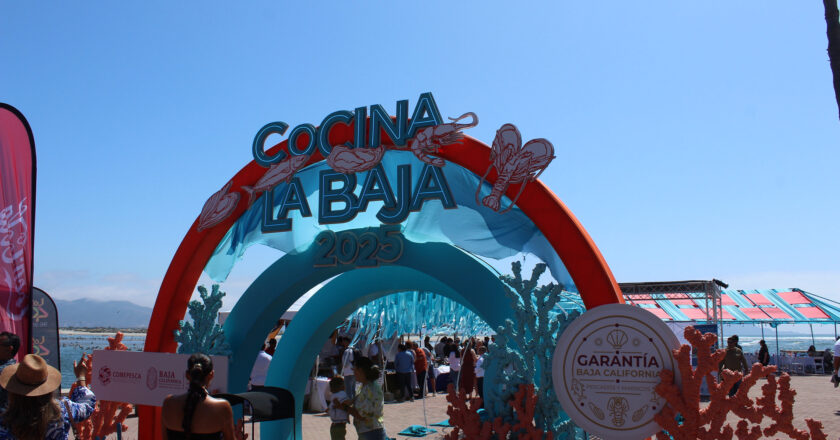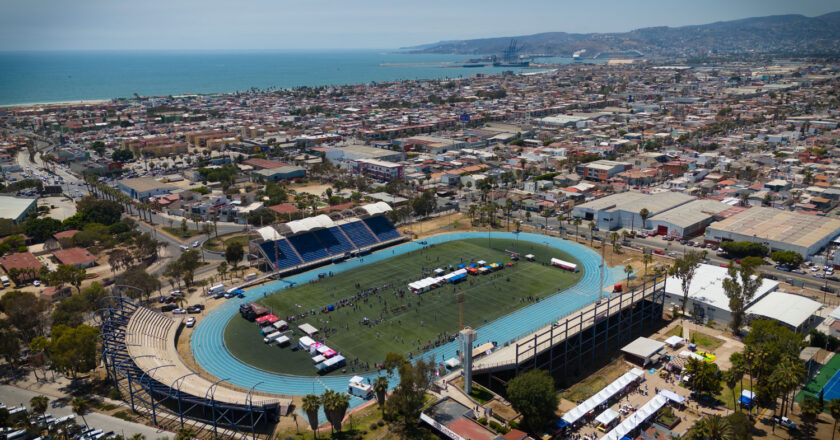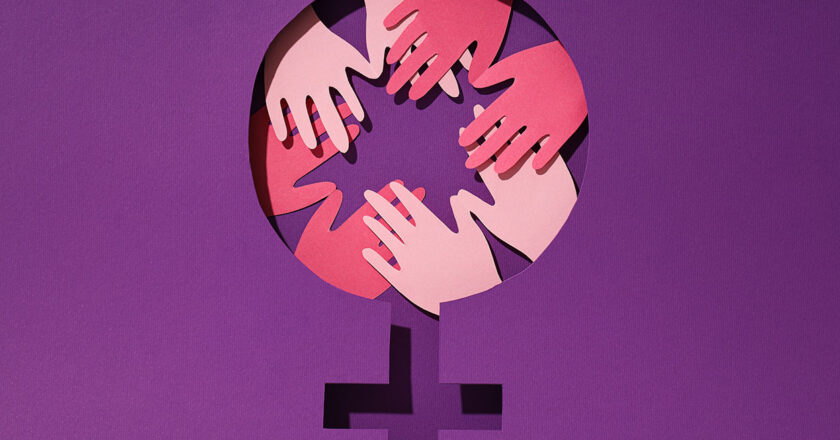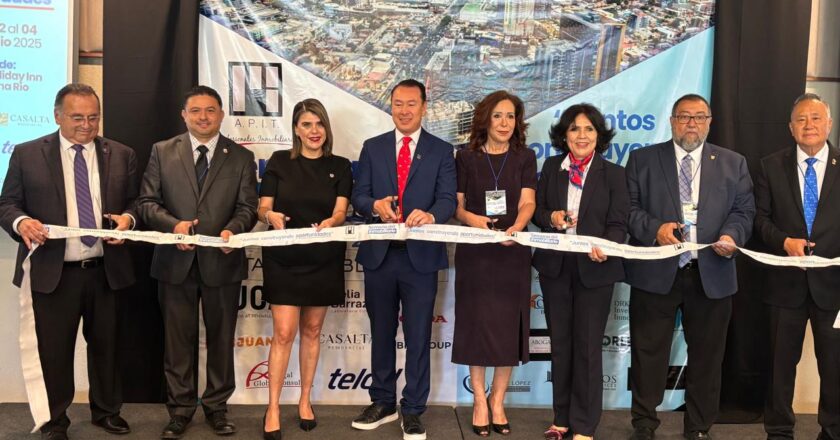Cocina la Baja 2025 Delivers Another Delicious Hit If your taste buds weren’t at Estero Beach this weekend, you missed …


Cocina la Baja 2025 Delivers Another Delicious Hit If your taste buds weren’t at Estero Beach this weekend, you missed …

If you’re heading to Cocina la Baja today, make a pit stop on your way. President Claudia Sheinbaum is in …

Neighbors Knew Something Was Wrong Since 2021, locals near a dog shelter in Ensenada had been complaining. They said something …

If you thought Baja’s wine scene was just local buzz, think again. Vinitácora: Wines and Wineries of Baja California just …

If you thought Ensenada couldn’t get any tastier… think again. Cocina la Baja returns next weekend with 24,000 reasons to …

Ensenada usually serves up wine tastings, scenic strolls, and seafood towers—but this weekend, it’s all about touchdowns and flag-grabbing glory. …

Think your doodles could make a difference? Mexicali is handing you a paintbrush—and a cause. The Centro de Justicia para …

We get it—buying a house in Baja sounds dreamy. Ocean breeze, fish tacos, and a fresh start. But if you’re …

Turns out, a little beach cleanup goes a long way. This Tuesday, July 1st, Playa Hermosa in Ensenada wasn’t just …

Security isn’t just talk in Baja California anymore—it’s action. And not the Hollywood kind. A criminal gang that was shaking …